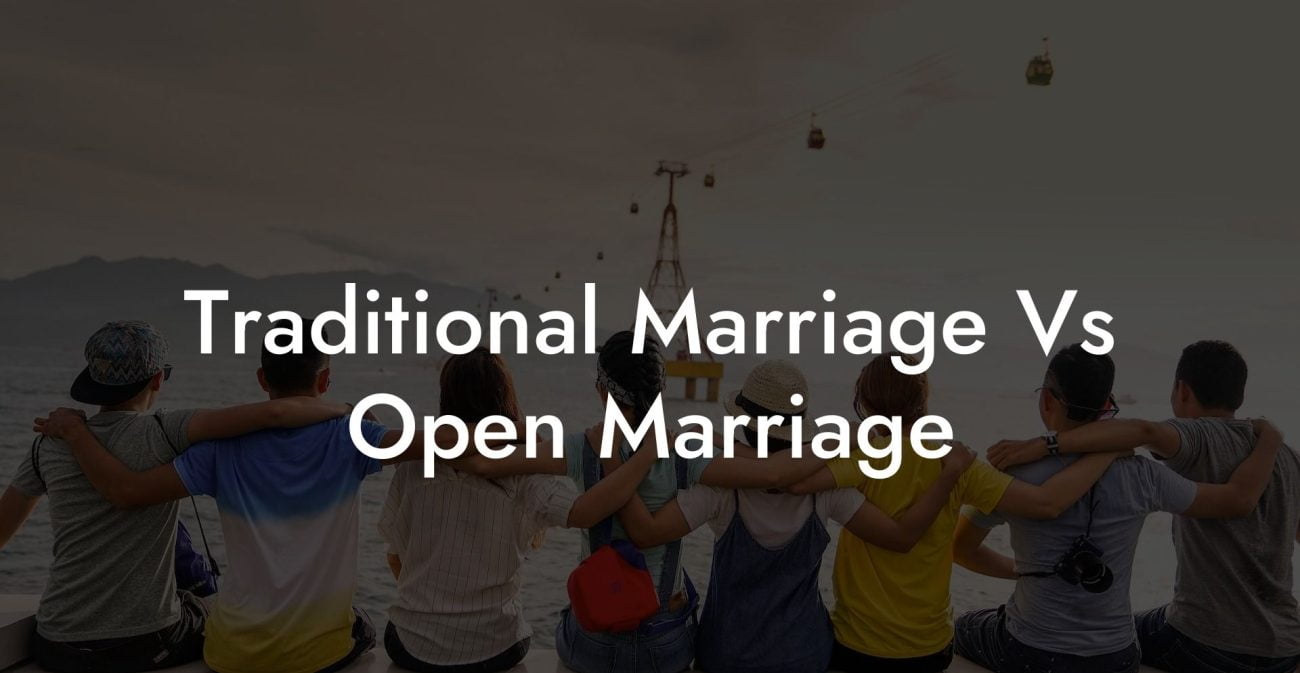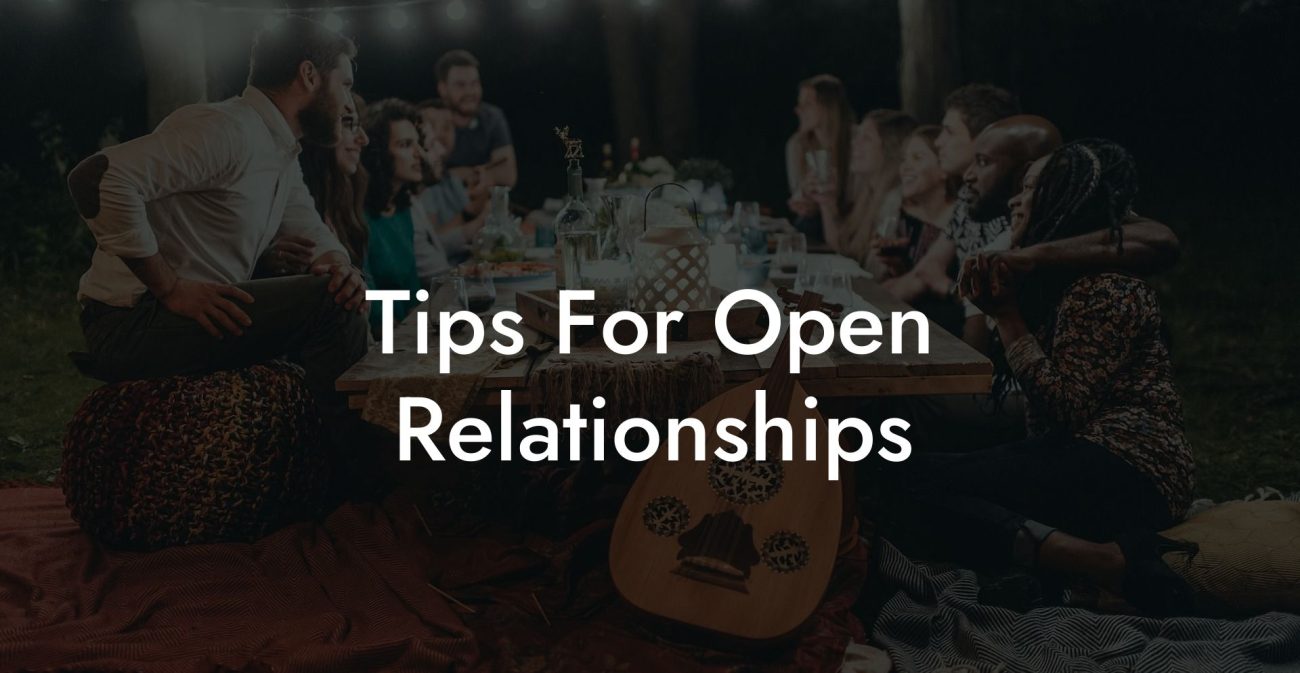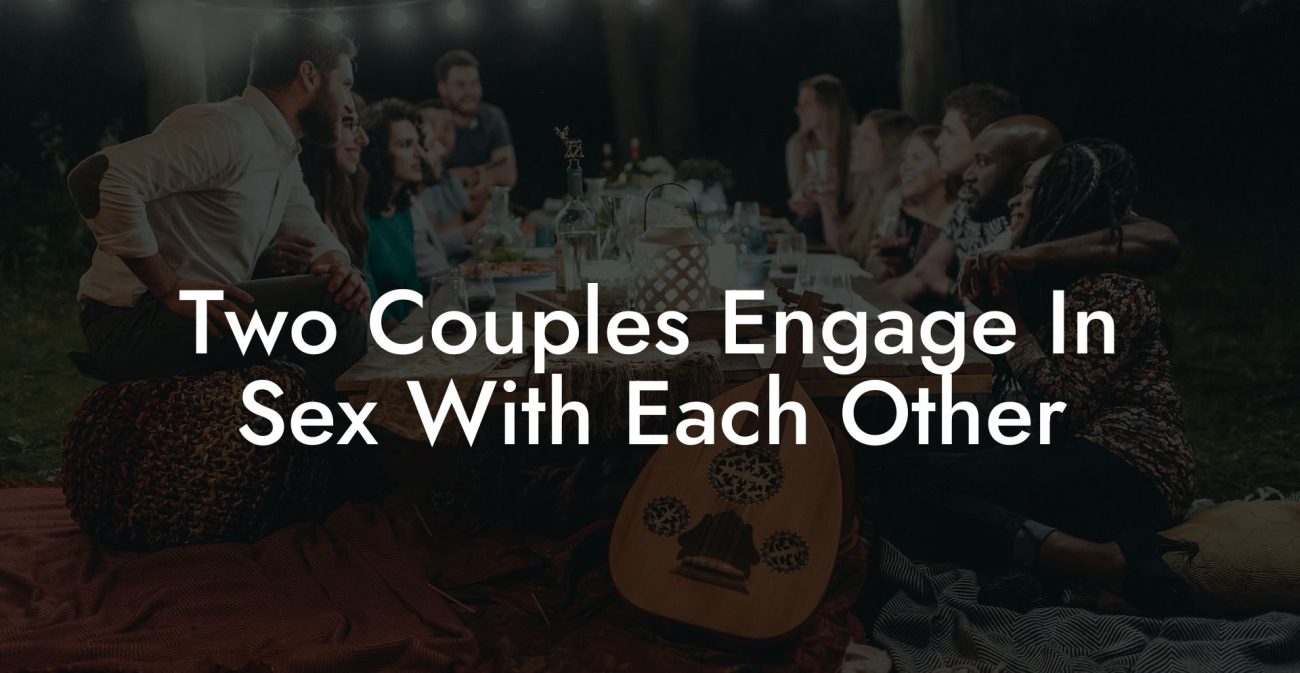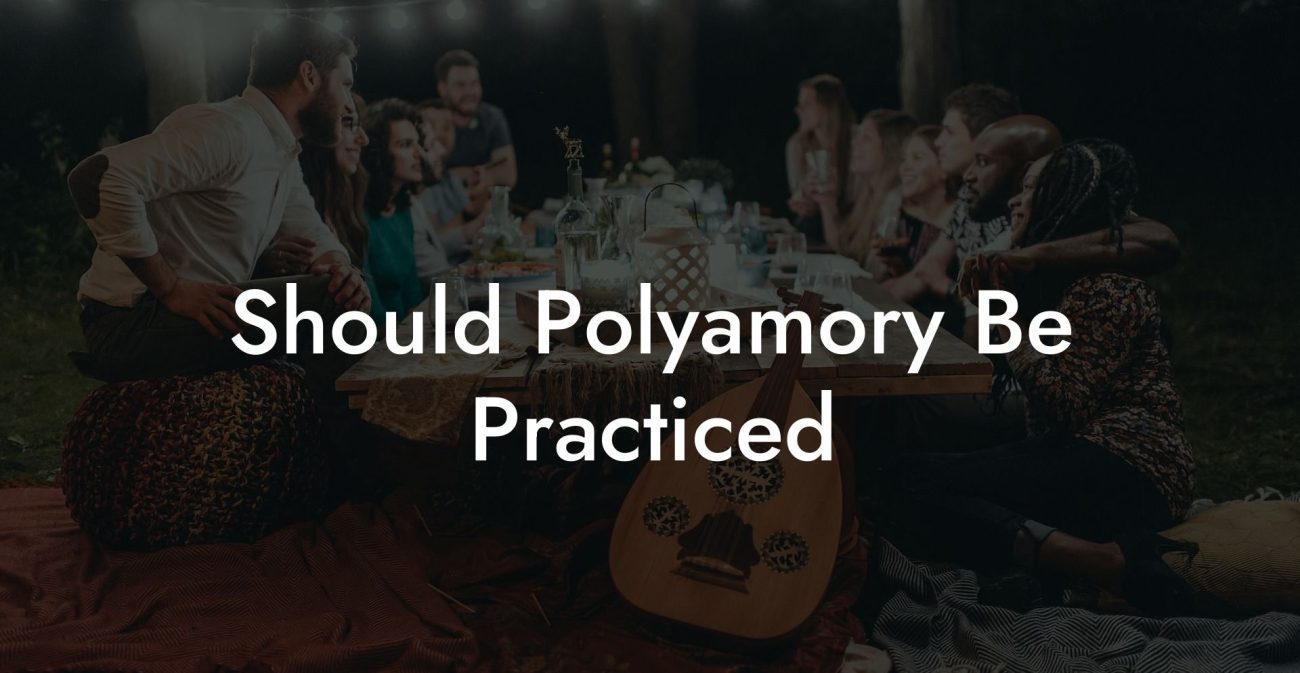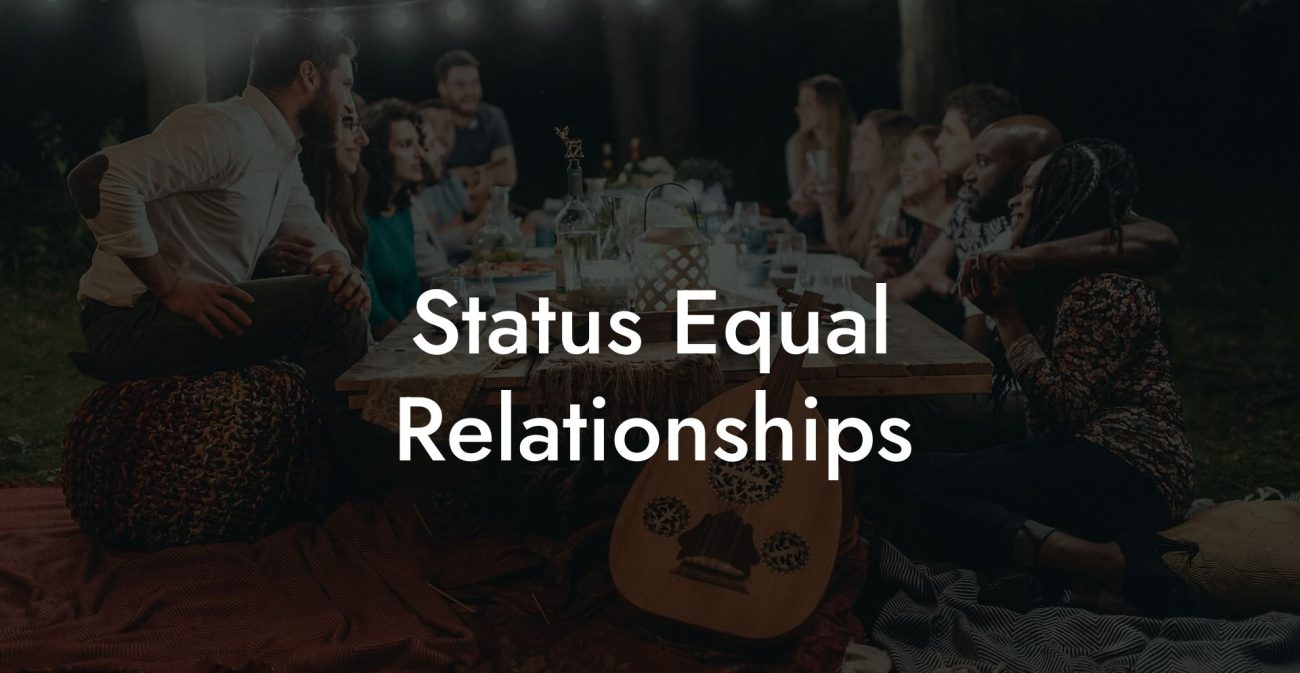Guide to Percentages Of Open Marriages That Work
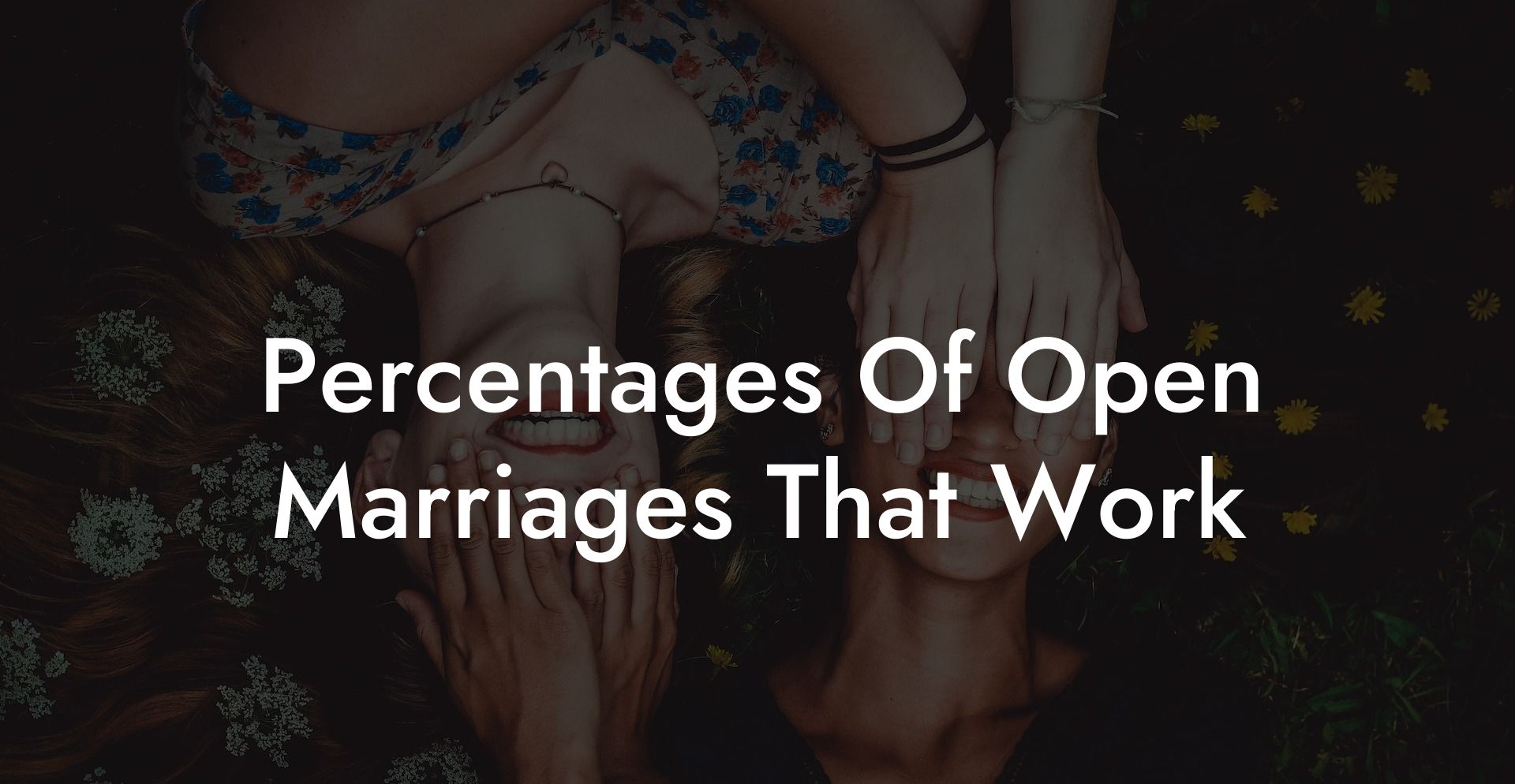
Welcome to our comprehensive guide to the percentages of open marriages that work, a deep dive into the data, trends, and factors that contribute to successful open marriages. As more couples explore alternative relationship models, understanding what makes open marriages thrive becomes increasingly important. In this guide, we’ll explore the latest statistics on open marriage success, examine the qualities that set high-functioning open marriages apart, and discuss the social, cultural, and personal factors that influence their outcomes. Whether you’re a researcher, relationship counselor, or simply curious about non-traditional relationship models, this guide offers valuable insights and practical advice to help you understand and appreciate the dynamics of open marriages that work.
Quick Links to Useful Sections
- Defining Open Marriage and What “Works” Means
- Overview of Open Marriage Success Rates
- Key Factors Contributing to the Success of Open Marriages
- Demographic Trends and Statistics
- Challenges and Barriers to Success
- Strategies for Improving Open Marriage Success Rates
- Case Studies and Real-Life Examples
- Expert Insights and Research Findings
- FAQ: Guide to Percentages of Open Marriages That Work
- Resources and Community Support
Defining Open Marriage and What “Works” Means
Open marriage is a form of consensual non-monogamy in which married couples agree to allow one or both partners to engage in romantic or sexual relationships with others. This arrangement is built on the core principles of transparency, communication, and mutual respect. Unlike infidelity, open marriages are based on full, informed consent and clear guidelines that all partners agree upon.
But what does it mean for an open marriage to “work”? In this context, an open marriage that works is one where both partners experience high relationship satisfaction, trust, and emotional security despite engaging with additional partners. It’s a model that not only preserves the integrity of the primary relationship but also enriches the lives of the individuals involved through diverse experiences and additional emotional support.
research suggests that successful open marriages exhibit strong communication, clearly defined boundaries, and a commitment to sexual health and safety. The percentages we discuss in this guide refer to the proportion of open marriages where both partners report overall satisfaction and stability, despite the inherent challenges of non-monogamy.
Overview of Open Marriage Success Rates
Several studies conducted over the past decade have attempted to quantify the success rates of open marriages. While exact percentages vary based on methodology and definitions, recent research suggests that roughly 40% to 50% of couples practicing open marriage report that their relationship is “working” well. These numbers, while not definitive, indicate that a substantial portion of open marriages can be as stable and satisfying as their monogamous counterparts when managed with care.
It is important to note that “success” in open marriages is subjective. For some couples, success might mean the ability to explore new relationships without jeopardizing the primary bond, while for others, it is about personal growth and emotional enrichment. Researchers have found that factors such as communication quality, shared values, and clear boundary-setting play critical roles in determining the success of an open marriage.
Key Factors Contributing to the Success of Open Marriages
The success of an open marriage depends on a combination of personal, relational, and social factors. Here are the most influential elements:
- Open and Regular Communication: The foundation of any successful open marriage is robust communication. Couples who engage in regular, honest dialogue tend to report higher satisfaction levels. Frequent check-ins help address issues before they escalate and ensure that both partners feel heard.
- Clear boundaries and Agreements: Establishing clear guidelines about what is acceptable in terms of external relationships is critical. Whether it’s negotiating the frequency of encounters, types of activities, or sharing details about external partners, having a mutual understanding reduces conflict and ambiguity.
- Commitment to Sexual Health: Prioritizing safe sex practices, regular STI testing, and open discussions about sexual health is essential. This commitment not only protects physical well-being but also reinforces trust between partners.
- Mutual Respect and Trust: Successful open marriages are characterized by a deep level of mutual respect. Both partners need to trust each other and respect their individual needs and limits. Trust is built over time through consistent, transparent behavior.
- Personal Growth and Self-Awareness: Individuals in successful open marriages are often highly self-aware and committed to personal growth. They understand their emotional triggers and work proactively to manage feelings such as jealousy or insecurity.
- Social and Cultural Support: The social environment plays a significant role. Couples who are part of supportive communities and who have access to counseling and peer support are more likely to navigate the challenges of open marriage successfully.
Demographic Trends and Statistics
Studies examining open marriage have revealed several interesting demographic trends:
- Age: Younger couples, particularly those under 40, are more likely to experiment with open marriage. This trend aligns with the broader acceptance of non-traditional relationship models among Millennials and Generation Z.
- Education and Income: Couples with higher levels of education and income tend to report greater satisfaction in open marriage. These individuals often have more exposure to alternative relationship models and are more willing to invest in effective communication strategies.
- Geographic Location: Urban areas, where progressive social attitudes prevail, tend to have higher rates of open marriage. In contrast, rural or more conservative regions report lower percentages, likely due to cultural norms and stigma.
- Gender Dynamics: While open marriage is practiced by couples of all gender combinations, some studies suggest that women in open marriages may report slightly higher satisfaction levels when open communication is maintained.
These trends suggest that the success of open marriage is influenced not only by individual and relational factors but also by broader socio-cultural contexts.
Challenges and Barriers to Success
Despite the positive statistics, open marriages face significant challenges that can impact their overall success:
- Jealousy and Emotional Insecurity: One of the most commonly cited challenges in open marriages is the management of jealousy. Even with established boundaries, feelings of insecurity can arise and must be addressed through ongoing dialogue and sometimes professional help.
- Time and Energy Constraints: Balancing a primary relationship with additional partnerships requires excellent time management and energy allocation. Without careful scheduling, one or both partners may feel neglected or overwhelmed.
- Communication Breakdowns: Miscommunication or lack of communication can quickly erode trust. Open marriages demand a high level of commitment to transparency and regular check-ins, which can be difficult to maintain consistently.
- Social Stigma and Isolation: Despite growing acceptance, open marriage still faces significant social stigma. Couples may feel isolated or face judgment from family, friends, and broader society, which can add external stress to the relationship.
- Legal and Financial Limitations: Most legal systems are designed around binary marriage, and open marriages may lack formal recognition. This can create complications related to healthcare, inheritance, and other legal rights.
Recognizing and proactively addressing these challenges is crucial for maintaining the health and sustainability of open marriages.
Strategies for Improving Open Marriage Success Rates
If you’re in an open marriage or considering transitioning to one, here are some strategies that can help improve your chances of success:
- Invest in Communication: Make communication a daily practice. Whether through scheduled check-ins or spontaneous conversations, maintaining open dialogue is critical.
- Regularly Revisit Boundaries: As your relationship evolves, so should your boundaries. Set aside time to review and adjust your agreements to ensure they continue to meet both partners’ needs.
- Prioritize Self-Care: Taking care of your own emotional and physical well-being is essential. Self-care routines such as exercise, meditation, or hobbies can help you manage stress and stay centered.
- Seek Professional Help: Don’t hesitate to consult a therapist or relationship coach who specializes in non-traditional relationships if you encounter persistent challenges. Professional guidance can provide new strategies and help resolve conflicts.
- Build a Supportive Community: Surround yourself with like-minded individuals through online forums, local meet-ups, or social media groups. A supportive network can offer practical advice and emotional support during difficult times.
- Educate Yourselves Continuously: Stay informed by reading books, attending workshops, and following podcasts that focus on open marriage and ethical non-monogamy. Continuous learning can empower you to handle new challenges as they arise.
- Be Transparent About External Relationships: Maintain an open dialogue about your experiences with external partners. Transparency helps prevent misunderstandings and builds trust over time.
- Utilize Digital Tools: Use shared calendars, secure messaging apps, and digital journals to manage your time and keep track of important dates and agreements.
These strategies are not one-size-fits-all; they should be adapted to fit the unique needs and dynamics of your relationship. The goal is to create a resilient, adaptable partnership that can thrive even in the face of challenges.
Case Studies and Real-Life Examples
Real-life stories provide valuable insights into what works in open marriages. For example, consider the case of Sarah and David, a couple who have been practicing open marriage for over a decade. They credit their success to their commitment to daily communication, regular boundary reviews, and a shared dedication to self-improvement. Despite occasional bouts of jealousy and external pressures, Sarah and David’s relationship has grown stronger over time as they have learned to navigate the complexities of multiple relationships with honesty and empathy.
In another example, Lisa and Mark, both in their early 30s, decided to open their marriage after feeling that traditional monogamy was no longer fulfilling all of their emotional and sexual needs. Through extensive research and counseling, they established a robust set of guidelines and implemented regular check-ins. While they initially faced challenges related to time management and feelings of insecurity, their proactive approach allowed them to build a network of supportive external relationships that, in turn, enhanced the intimacy and satisfaction in their primary bond.
These case studies demonstrate that while open marriages can be complex, the right combination of communication, clear boundaries, and mutual support can lead to successful, fulfilling relationships.
Expert Insights and Research Findings
Relationship experts emphasize that the success of open marriages depends largely on the quality of communication and the willingness of both partners to adapt to evolving needs. Dr. Samantha Lee, a therapist specializing in non-traditional relationships, states, “Open marriages require a commitment to ongoing, transparent dialogue. When couples are proactive about addressing challenges and renegotiating boundaries, they often find that the benefits, such as enhanced trust and personal growth, outweigh the difficulties.”
Relationship coach Marcus Reed adds, “The statistics suggest that around half of open marriages report high satisfaction levels. This success is closely linked to effective conflict resolution, active listening, and a strong support network. Couples who invest in these areas tend to build more resilient relationships.”
Recent research on ethical non-monogamy also points to the importance of self-awareness and mutual respect in achieving relationship success. Couples who view open marriage as an opportunity for personal growth, rather than a threat to their bond, are more likely to experience enhanced emotional intimacy and satisfaction.
FAQ: Guide to Percentages of Open Marriages That Work
1. What percentage of open marriages are reported to be successful?
Research indicates that approximately 40% to 50% of couples practicing open marriage report high levels of satisfaction and stability in their relationships.
2. How do researchers define a “successful” open marriage?
Success is typically measured by relationship satisfaction, trust, emotional security, and the ability to manage external relationships without compromising the primary bond.
3. What factors contribute to the success of an open marriage?
Key factors include open communication, clearly defined boundaries, mutual respect, a commitment to sexual health, and effective time management.
4. Are open marriages more successful among certain demographics?
Studies suggest that younger couples, those with higher education and income levels, and individuals in urban areas tend to report higher success rates in open marriages.
5. What are the main challenges that open marriages face?
Challenges include managing jealousy, balancing time and energy, navigating communication breakdowns, and dealing with social stigma or legal limitations.
6. How important is communication in an open marriage?
Communication is critical, it is the foundation that allows couples to negotiate boundaries, manage conflicts, and maintain trust over time.
7. What role does sexual health play in the success of open marriages?
Sexual health is vital; strict adherence to safe sex practices and regular STI testing not only protects physical well-being but also reinforces trust between partners.
8. Can open marriages improve the primary relationship?
Yes, many couples report that the process of establishing clear rules and engaging in open dialogue enhances the intimacy and trust in their primary relationship.
9. How do external societal factors affect open marriage success?
Social stigma and cultural attitudes can influence how openly couples practice non-monogamy, but supportive communities and progressive social climates tend to correlate with higher satisfaction rates.
10. Where can I find more detailed research on open marriage success rates?
Books like "The Ethical Slut" and academic journals on relationships, as well as reputable online research organizations, offer in-depth studies and data on the success of open marriages.
Resources and Community Support
- Books and Academic Journals: Delve into foundational texts such as "The Ethical Slut" and scholarly articles on open marriage to explore in-depth analyses of success rates and dynamics.
- Documentaries and Online Courses: Visual and interactive resources can offer engaging insights into the evolution and cultural impact of open marriage.
- Online Communities: Engage with supportive forums and social media groups dedicated to consensual non-monogamy, platforms like Reddit’s r/polyamory provide firsthand accounts and advice.
- Workshops and Conferences: Attend events focused on ethical non-monogamy to gain real-world insights, network with experts, and build a supportive community.
- Therapy and Counseling: Consider seeking guidance from therapists or relationship coaches who specialize in non-traditional relationships to help navigate any challenges and improve overall relationship health.
With continued research, open dialogue, and the support of a vibrant community, you can gain a deeper understanding of the factors that contribute to successful open marriages. The data not only helps to normalize non-traditional relationship models but also provides a foundation for future studies and policy discussions aimed at supporting diverse forms of love and commitment.
Lost & confused by all of the terms, types and seemingly made up 3 letter acronyms?? We've got you. Check out our Ethnical Non-Monogamy Dictionary >>
Useful Interruption: Not sure which relationship vibe fits you best? Take our Relationship Test, it’ll give you the real insight into your natural relationship style. Then, dive into our binge-worthy guides (from the tried-and-true to the “wait, that’s a thing?”) and find the perfect relationship type for your life:
- Monogamy
- Open Relationships
- Ethical Non-Monogamy
- Solo Polyamory
- Non-Hierarchical Polyamory
- Hierarchical Polyamory
- Relationship Anarchy
- Swinging
Now back to the main article but yeah take the test...




